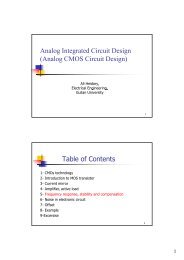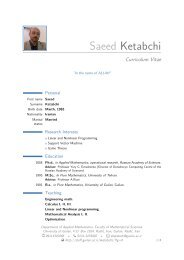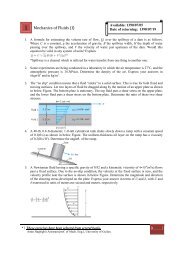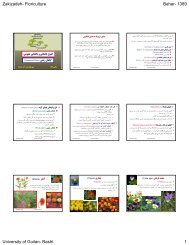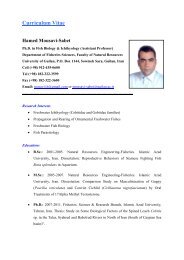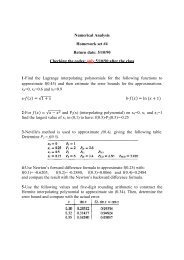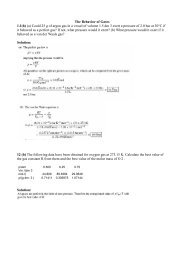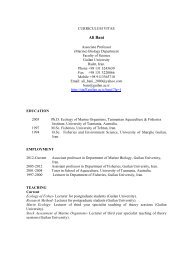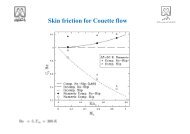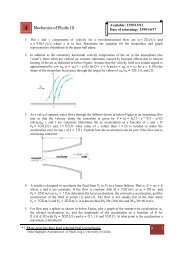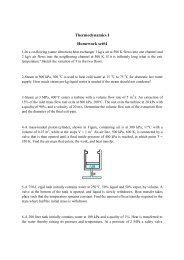Medical Tourism in Developing Countries
Medical Tourism in Developing Countries
Medical Tourism in Developing Countries
- No tags were found...
Create successful ePaper yourself
Turn your PDF publications into a flip-book with our unique Google optimized e-Paper software.
48 ● <strong>Medical</strong> <strong>Tourism</strong> <strong>in</strong> Develop<strong>in</strong>g <strong>Countries</strong>Airl<strong>in</strong>es, soon to be followed by Virg<strong>in</strong> Atlantic, has <strong>in</strong>stalled a medicalprogram that takes passengers’ vital signs and relays them back to a hospitalfor diagnosis. 26 It enables passengers to have their blood pressure measured,as well as pulse, temperature, blood-oxygen levels, and carbon dioxide.While the <strong>in</strong>tent is to diagnose health problems that arise on long-haulflights, the technology is <strong>in</strong> place for the consumption of nonacute medicalservices.<strong>Medical</strong> Tourists Seek<strong>in</strong>g <strong>Medical</strong> <strong>Tourism</strong><strong>Medical</strong> tourists who seek treatment <strong>in</strong> develop<strong>in</strong>g countries are a heterogeneousgroup. They are male and female, they are old and young, and theyrepresent varied races. They hail from countries at different levels of developmentand with different political systems. Such characteristics of <strong>in</strong>ternationalpatients are largely irrelevant for the development of medical tourism. Thereis one characteristic of patients that lends itself for a useful classification:<strong>in</strong>come. A b<strong>in</strong>ary division <strong>in</strong>to rich and poor patients enables us to l<strong>in</strong>k,albeit roughly, consumption of medical services to personal resources underthe assumption that, at the extreme, the rich and the poor consume differenthealth care. There is no clear demarcation mark<strong>in</strong>g the boundary betweenrich and poor, and the boundaries between the services consumed by eachare fuzzy at best. Still, one might say that the rich <strong>in</strong>ternational patientsdemand high-tech services accompanied by an exotic vacation (luxury medic<strong>in</strong>e),while the poor <strong>in</strong>ternational patients tend to just barely cross the borderto use another country’s medical services (border medic<strong>in</strong>e). This simpledifference enables us to dist<strong>in</strong>guish between luxury medic<strong>in</strong>e and bordermedic<strong>in</strong>e (see table 3.1). In theory, both offer <strong>in</strong>vasive, diagnostic, and lifestyleservices. In reality, however, border medic<strong>in</strong>e tends not to be lifestyleoriented, and to the extent that it is <strong>in</strong>vasive, the procedures are rarely elective.Both rich and poor foreigners are consumers of traditional medic<strong>in</strong>e,although its packag<strong>in</strong>g differs accord<strong>in</strong>g to the budget it caters to.Poor medical tourists do not consume the high-tech medical services butrather purchase basic services through the public health system. They useTable 3.1 <strong>Medical</strong> tourism by patient <strong>in</strong>comeFrom MDCsFrom LDCsRich patientsElective <strong>in</strong>vasive, Diagnostic,LifestyleElective <strong>in</strong>vasive, Diagnostic,LifestylePoor patientsLow-tech <strong>in</strong>vasive, Diagnostic,Border medical careBorder medical care





